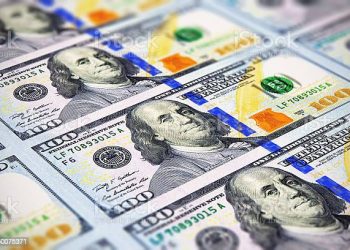The Central Bank of Nigeria (CBN) has reported a significant increase in net foreign exchange (FX) flows into the country, reaching $25.4 billion in the first six months of 2024. This marks a notable 55% rise compared to the same period in the previous year, reflecting the bank’s ongoing efforts to bolster liquidity and stabilize the foreign exchange market.
In a statement released on Thursday, the CBN attributed this growth to a surge in capital importation, which climbed to $6 billion by June 2024, alongside record-breaking inflows from diaspora remittances channeled through formal systems. These developments are seen as crucial contributors to the improved liquidity and stability in the FX market.
The announcement follows the CBN’s recent auction of $876 million to 26 banks to address unmet FX demands, showcasing the bank’s commitment to ensuring adequate liquidity. The auction was part of the CBN’s broader strategy to enhance transparency and efficiency in the FX market, which included the introduction of the Retail Dutch Auction System (RDAS) to directly facilitate FX sales to end-users.
“The CBN’s policy measures are effectively reinforcing market confidence,” the statement read. “The net FX flows have surged to $25.4 billion between January and June 2024, marking a 55% year-over-year increase. This growth has been fueled by a rise in capital importation and record inflows from diaspora remittances.”
The central bank also highlighted the strengthening of the foreign exchange market, which is benefiting from more diversified sources of liquidity. This has contributed to the ongoing convergence of exchange rates across different market segments. By the end of July 2024, the official market had recorded a turnover of $43 billion in customer transactions, with the CBN’s liquidity injections accounting for less than 5% of total market activities.
The CBN’s proactive approach is aimed at fostering a more transparent and efficient FX market, reducing information gaps, and supporting the discovery of fair prices. As the market continues to stabilize, these measures are expected to sustain the positive trends observed in the first half of the year.











